As somebody who has been involved in a number of "collecting hobbies" in the course of my 60+ years, I sometimes reflect on the sad fact that as soon as somebody determines that "you can make money" at a particular hobby, it tends to set in motion a predictable pattern that inevitably leads down a path towards destroying that hobby.

Not so long ago, somebody gifted me a box of old stamps because they knew that I was a stamp collector.
I always receive boxes of stamps with both gratitude and excitement, because you never know what you might find in there. It can be an incredible treasure hunt, and for those nerdy enough among us, it's a lot of fun... regardless of whether or not you find treasure!
Alas, this particular box of stamps was an interesting "snapshot" of what happens to a collecting hobby when ostensible "money makers" get involved.
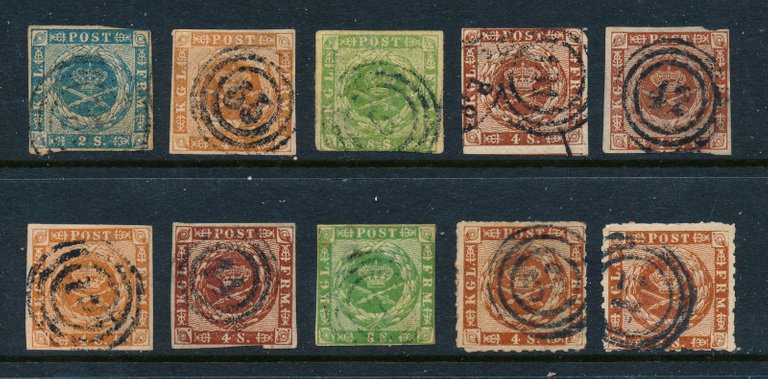
Actual old postage stamps from Denmark, used between 1854 and 1865
A Bit of History
Back until around the mid-1970s, stamp collecting was a very popular hobby practiced by millions and millions of people around the world. After all pretty much everybody sent letters, and back then pretty much all the letters had stamps on them.
At one point there was an estimated 35 million stamp collectors in the USA alone... at the time, more than 10% of the population!
Because stamp collecting was so popular, there was also a fairly active stamp market where collectors would buy and sell everything from packets of common stamps to great rarities, the latter sometimes for thousands or even tens of thousands of dollars each, much like people also do with comic books, sports cards, old coins and the like.

Enter the Financiers...
Somewhere along the way some "financial types" got the idea that because stamps not only can be quite valuable, but they also tend to at least hold their value if not increase in value over time, they might be a good investment.
Over a period of a few years — most of us in the hobby think of 1976-82 — not only were there investment managers who offered portfolios of rare stamps as investments, but because the stamp market had suddenly gotten "hot" a lot of marketers got on board that particular ship and started packaging "stamps FOR collectors."
What's the difference, you might wonder? Well, stamps issued because they are needed as proof of payment to carry mail are rather different from stamps (still legal to carry mail) issued specifically to appeal to collectors who would save them without ever using them.

Bursting the Bubble
As tends to happen with all such situations, in due course some people started wanting to cash in on the profits they seemed to have made with their stamps. After all, those who were keeping track of such things determined that between 1975 and late 1982, the average "collectible and rare" stamp had increased in value on the order of 300%!
And let's also remember that this happened during a period where global inflation was also very high, often over 10% a year.
So, these "investors" took their "stamp portfolios" to market and discovered that it's not all that easy to find buyers. And — to make a long story short — all of a sudden there were far more sellers than buyers. And let's keep in mind that very few of these people were actual stamp collectors — and so the collectible stamp market suffered its inevitable crash.
Between 1982 and 1987, the value of stamps declined sharply, and all the recent gains were not only erased, but values went backwards to levels that existed long before the so-called "investors" got involved in the market.
It has been 40 years since that happened, and the collectible stamp market is still about 25% short of where it was before all the investor types got on board.
So what does this have to do with the box of stamps that I was gifted?
Well, as always, I think we all hope to find "treasure from grandmas attic." That's part of what makes the hobby interesting to me!
So what did I find?
Sadly, most of what I found inside this box was a large representation of stamps "for collectors." What I mean by that, is that this particular box of stuff hadn't been assembled by somebody who was actually interested in collecting stamps, it had been assembled by somebody who had been told that stamps might be "a good investment" and so they bought a bunch of pre-packaged stuff that actually was overpriced to begin with (due to the sellers making most of their profits on "fancy packaging") and 40 years later is all but worthless.
All those full sheets of stamps people bought at the post office "as investments" and put away in desk drawers can "still" be purchased for about 68-72 cents per dollar of face value... if you know where to look. Maybe we should all just start writing letters again and mailing them, because the stamps are still worth face value to carry letters! As "investments?" They are worth 30% less...
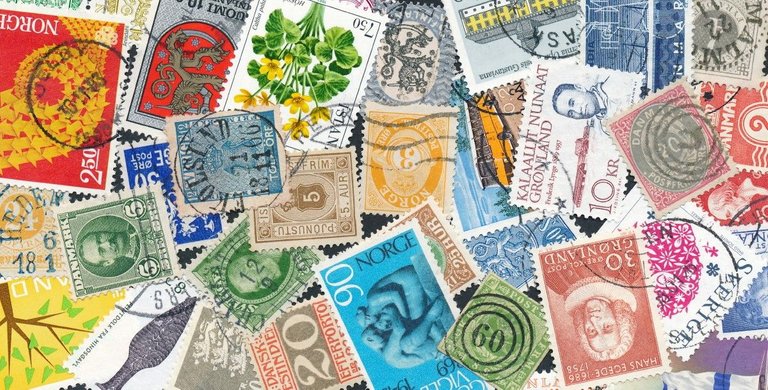
But This is not Just About STAMPS!
Now, before I go on, I'll point out that I've seen this happen to many different collectible hobbies, from old fountain pens, to postcards, to comic books, to "collectible" coins and beyond.
The problem with anybody getting involved in this kind of hobby purely for the purpose of making money is that most collectibles markets tend to be too small to be able to support that kind of investment activity, because as human beings when there's money involved it seems like greed invariably sets in. And so people flock in and start to generate a trading volume that is far greater than the market can support, because it is artificial. The $5 billion a year collectible stamp market couldn't organically support $40 billion a year trading volume.
The thing about rare stamps, for example, is that there are only so many of them. At the same time, in the actual collecting end of the hobby there are only so many people interested in buying them and that buy/sell balance usually finds its own equilibrium. "Money makers" enter the market and the equilibrium is thrown off, especially if "artificial product" is mixed into an existing market.
The Destructive Effect
"Well so what?" you might be asking, "I still don't see how that could DESTROY a hobby!"
Well, when all the "external" people suddenly come in and start doing their wheeler-dealing, it tends to ruin the fun for all of those who are there purely for the hobby.
First, prices are driven up all of a sudden by "artificial" demand and now the old-time collectors can no longer afford anything, so quite a few simply stop collecting. Subsequently, when prices crash, those who are still there suddenly watch things that they acquired many years ago — for, let's say $50 — all of a sudden become worth far less than they originally paid. So more people get disillusioned and stop collecting.
Meanwhile, all the "money makers" have also left the hobby with big financial losses and are going round telling anyone who'll listen that "stamp collecting is a rip-off!" as a result of which it becomes far less interesting to potential newcomers.

Of course, they don't give thought to the fact that it wasn't the actual hobby that was at fault, it was the Greed Meisters who sold them a "bag of goods."
Ultimately, the outcome is that a hobby is left decimated and devastated.
From a "passive observer's perspective," you might consider it the "environmental impact" of money making.
Measuring the financial impact on stamp collecting is little more than "educated guesswork," at this time. Some collectibles trade publications I have seen suggest that the global market for collectible stamps in the early 1980's might have been on the order of UK £30 billion annually, in 1982 Pounds (US $50 billion, at the time). A guesstimate for 2020 would be on the order of US $5 billion annually, possibly less... so we're looking at a hobby/market that lost 85-90% of its value, mostly as a result of people "trying to profit" from it!
More Stamps Inbound!
Meanwhile, Mrs. Denmarkguy was away for the weekend with a close friend... and that friend's dad — on learning that I am interested in stamps — "bequeathed" me six large bins of stamps that had been his late wife's lifetime hobby, and three generations of her family before that!
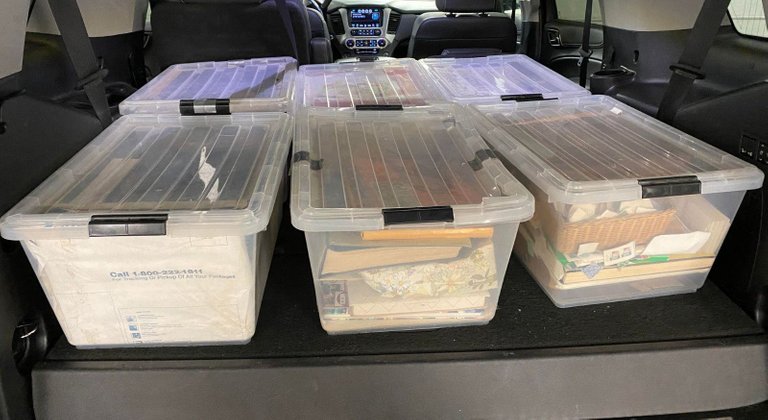
Heading my way, next week!
It'll be fun just to look through it all... who knows what I might find? Because of the age of the lot, I'm feeling hopeful that much of it will predate the "Stamps as investments" era!
Thanks for reading, and have a great rest of your week!
How about YOU? Ever been part of a hobby that got usurped by "investors?" How did that turn out, over time? Did the hobby thrive, or suffer? Comments, feedback and other interaction is invited and welcomed! Because — after all — SOCIAL content is about interacting, right? Leave a comment — share your experiences — be part of the conversation!

Greetings bloggers and social content creators! This article was created via PeakD, a blogging application that's part of the Hive Social Content Experience. If you're a blogger, writer, poet, artist, vlogger, musician or other creative content wizard, come join us! Hive is a little "different" because it's not run by a "company;" it operates via the consensus of its users and your content can't be banned, censored, taken down or demonetized. And that COUNTS for something, in these uncertain times! So if you're ready for the next generation of social content where YOU retain ownership and control, come by and learn about Hive and make an account!

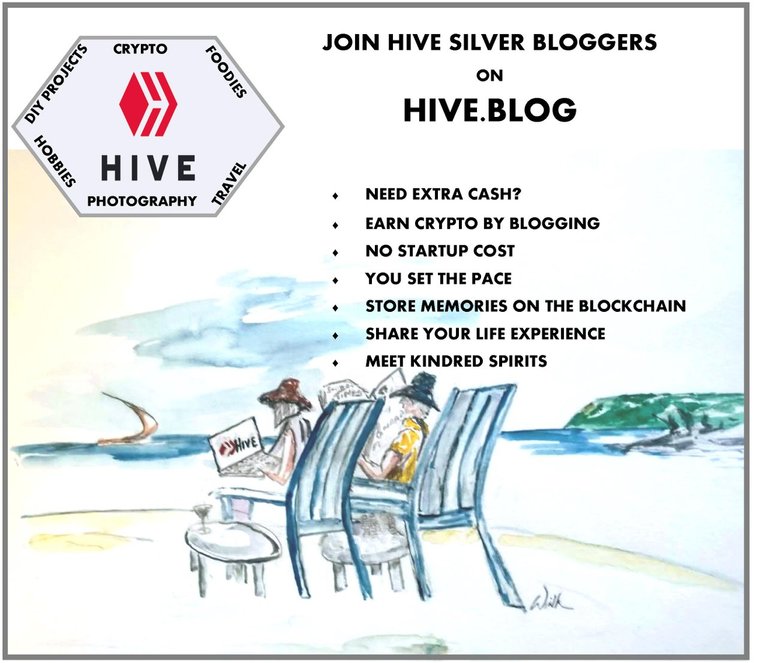
(As usual, all text and images by the author, unless otherwise credited. This is original content, created expressly and uniquely for this platform — NOT cross posted anywhere else!)
Created at 20220124 22:43 PST
0479/1723
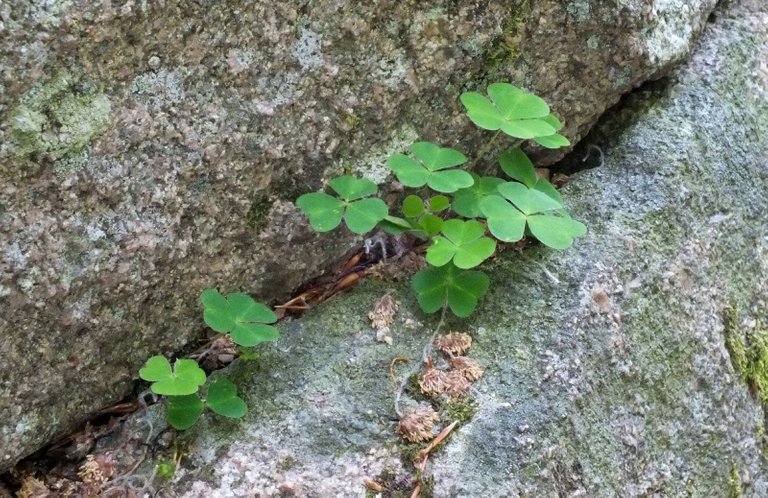
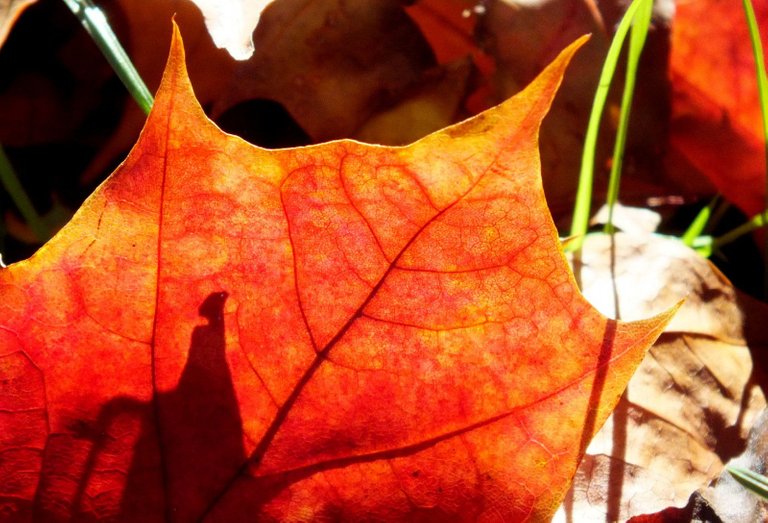
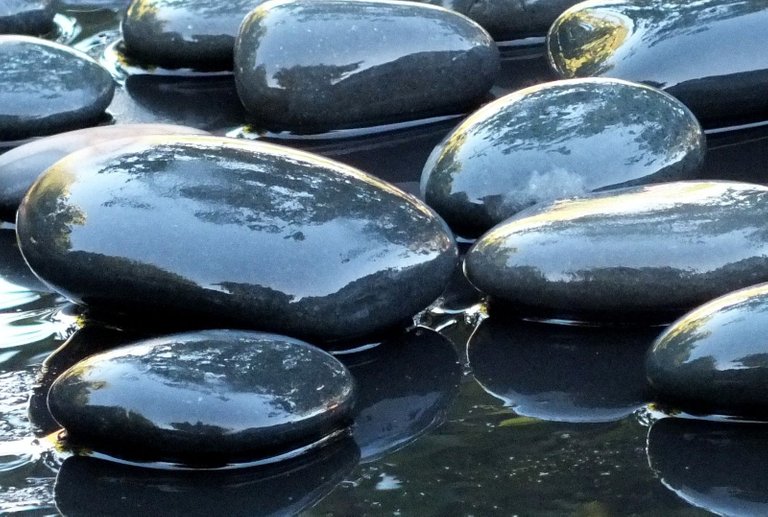
So true. A lifelong "collector" here starting with pennies, baseball cards and Matchbox cars in the 70's. For the 80's I collected books. 90's was comics and 2000's was computers. 99% of it all is now worth less and worthless. For the few items worth more, the appreciation is from 10% to 100% over 40 years.
But, it was always fun seeking out missing items from a series and hoping one day years into the future I'd posses a truly rare item. A bit like playing the lottery, I suppose, with similar results.
Good luck on discovering a hidden gem in your boxes of stamps! It's the wonder of 'what if..." that's rewarding all in it's own.
Thanks for stopping by, and for honoring me with such a thoughtful first comment on Hive! Welcome to the community!
Most stuff we collect is worthless. Just in stamps, just the fact that something is really old means nothing. A stamp that was used on millions of letters in 1875 is just an OLD common stamp. You can buy an entire chest freezer full of wheat pennies for $1000... it'll contain 100,000 pennies, give or take.
The great "success" of my 50-odd years of stamp collecting is that on a "net" basis, it has been 99% self-funding. And I'm pretty stoked about that! Maybe there'll be something good in the new bins... who knows? It'll be fun to look.
Thanks for the article. A recent survey in the UK found that stamp collecting is the still in the top 10 of hobbies world wide. That's encouraging, even if many have moved to collecting coins or NFT's!
As you say, there is a lot of 'rubbish' out there. It's always a bit disheartening when you see traders recycling stamps which are worthless because they are so common and/or in poor condition. I sometimes wish they would be brave enough to bin them.
For sure though, for the serious collector there are still many interesting items out there to find and purchase. Postal history is one area and good items seem to hold and even accrue value.
Posted Using LeoFinance Beta
Great cautionary tale in the middle of NFT craze.
Posted Using LeoFinance Beta
Sounds like a great trip planned. You must be pretty excited about it.
Can't wait to hear all about it.
I believe you, someone can make money with its hubby he or she like,it depends on how determine you are about it.
Posted Using LeoFinance Beta
This is an interesting piece. It sort of reflects what's happening in the NFT space. Once spectators in large numbers get into a space they ruin the essence of the thing they are speculating on, whatever be it a hobby or idea. Could we see a similar fate for cryptocurrency? History has an odd way of repeating itself.
Posted using LeoFinance Mobile
When I was a kid in the '90s, the comic book and baseball card markets were in the bubble/crash phase. As a result, my collecting interests shifted to coins with melt value as the main concern, and games with cards or miniatures that serve a purpose besides collecting dust. Now I have boxes of cards I can thumb through and enjoy as I build new decks, and minis I need to paint.